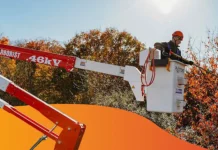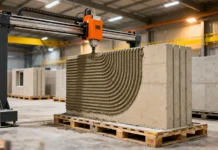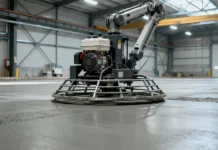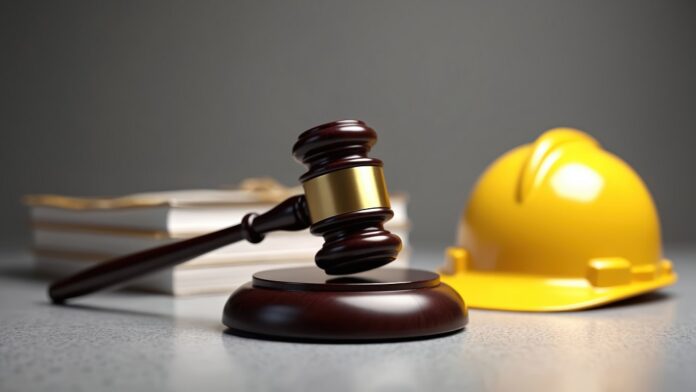Construction sites are some of the most dangerous work environments. Even with safety protocols and protective equipment, accidents still happen and often leave workers with serious injuries. Filing a construction accident claim may be the only way for an injured worker to recover compensation for medical bills, lost wages, and pain and suffering. However, the process is complex, and even small mistakes can affect the outcome.
Understanding what to avoid can help workers and their families protect their rights and secure a fair result.
Mistake 1: Delaying Medical Treatment
One of the most damaging mistakes is waiting too long to get medical attention. Construction accident injuries, including traumatic brain injury or back damage, may not show immediate symptoms. However, medical records are critical in proving the link between the accident scene and the injury. Insurance policies and opposing parties often question claims when treatment is delayed. Seeking care right away protects health and creates strong evidence for the case. If treatment has already been delayed, speaking with a construction accident lawyer can help minimize the damage to a claim and guide the next steps.
Mistake 2: Failing to Report the Accident Promptly
Not informing a site supervisor or property owner soon after an accident can weaken a claim. Workplace injuries must be officially reported, or they risk being dismissed later. Even if the injury seems minor, a report provides proof that the incident occurred during work. Quick reporting also helps highlight hazardous conditions that might put other workers at risk. In situations where reporting was missed or mishandled, a personal injury lawyer can step in to review the facts and build a strategy to strengthen the claim.
Mistake 3: Not Gathering Evidence at the Scene
A construction site changes quickly, and evidence can disappear within hours. Heavy machinery may be moved, defective equipment repaired, or debris cleared. Failing to document the accident scene immediately makes proving fault more difficult. Photos of unsafe conditions, protective equipment in use, or the lack of proper safety equipment can help show how the accident happened. Witness statements from coworkers can further support the claim.
Mistake 4: Giving Too Much Information to Insurance Companies
Insurance companies often try to reduce payouts. Injured workers sometimes make the mistake of giving recorded statements, speculating about fault, or signing papers without legal advice. This information can later be used against them. Instead, communication with insurers should stay limited and factual. Before signing anything, it is wise to understand how insurance policies apply and whether other parties may share liability through a third-party claim.
Mistake 5: Handling the Claim Without Legal Help
Construction injuries often involve multiple parties, such as contractors, subcontractors, or equipment manufacturers. Without proper guidance, it is easy to miss opportunities for compensation. For example, a personal injury lawsuit may be possible if defective equipment contributed to the accident. A lawyer familiar with occupational safety standards and construction accident claims can investigate causes, handle negotiations, and ensure all deadlines are met.
Mistake 6: Overlooking Long-Term Costs
Many workers focus only on immediate medical bills or lost wages. However, long-term expenses like physical therapy, ongoing treatment for traumatic brain injury, or reduced ability to work must be considered. Settling too early can leave workers struggling later. A claim should cover all current and future costs of construction injuries, including medical care, rehabilitation, and the financial impact of pain and suffering.
Mistake 7: Ignoring Safety Violations
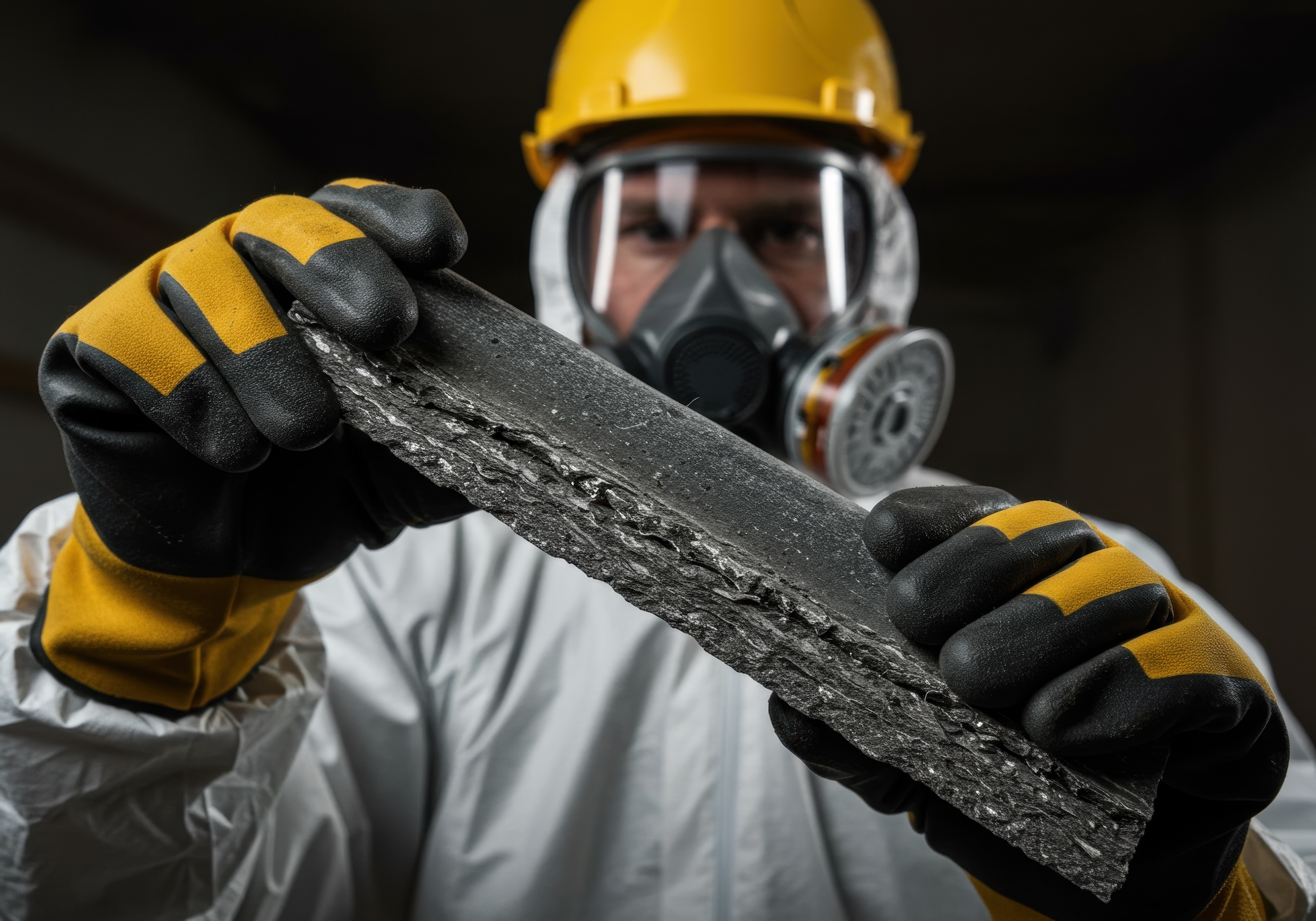
Accidents are often linked to unsafe practices. Some workers avoid mentioning lapses in occupational safety because they fear backlash, but this is a mistake. If safety protocols or personal protective equipment were ignored, or if hazardous conditions were left unaddressed, these details strengthen the claim. Highlighting safety violations not only supports the case but also encourages safer practices that protect others on the site.
Mistake 8: Missing Deadlines
Every state has time limits for filing workplace injury claims. Missing these deadlines can completely end the chance of recovery. Injured workers should also remember that third-party claims or personal injury lawsuits may follow different timelines. Staying on top of deadlines ensures the right to pursue compensation is preserved.
Conclusion
Construction accident injuries can have lasting effects, from traumatic brain injuries to chronic back problems. Filing a claim is not just about covering medical bills but also about addressing pain and suffering, lost income, and future needs. Avoiding mistakes such as delaying treatment, ignoring hazardous conditions, or settling without understanding long-term costs helps protect financial and personal well-being. With the right legal help and careful attention to safety violations, injured workers can pursue fair compensation. While construction sites will always involve risks from heavy machinery and hazardous conditions, knowing how to navigate the claim process ensures those risks do not become lifelong burdens.





